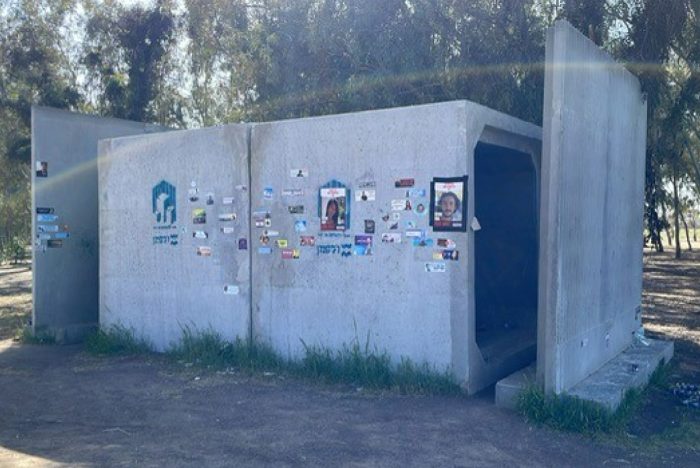
Life Lessons Learned Along the Way: Pain and Suffering
We continue our series of personal, impactful stories that have shaped how we practice law.
In our line of work, it’s our morbid job to think about conscious pain and suffering in monetary terms. The plaintiff argues that it would take a large sum of money to compensate them for their pain and suffering caused by the defendant. The defendant argues, assuming liability, that a smaller amount of money would fully compensate the plaintiff for their pain and suffering.
Money rarely, if ever, makes an injured person whole. Most rational people would not enter into an agreement to receive a certain amount of compensation in exchange for undergoing a certain amount of pain and suffering. But it’s the best our imperfect legal system can do, and, again assuming liability, it provides some measure of justice by taking money from the tortfeasor and giving it to the victim.
My friend took this photograph earlier in the month. It shows a bomb shelter at the Supernova Music Festival grounds, the site of the largest terror attack in Israel’s history and the worst Israeli civilian massacre ever.
Down the road, my friend toured another shelter with the parents and grandparents of a young lady who was murdered on October 7 while hiding inside the shelter.
Her father reports that his daughter called him that morning begging for him to come save her. They were on the phone for 10 minutes. She asked him to send the police, the army, anybody. Outside the shelter it was a killing field. After 10 minutes, the line went dead, because nobody came except for the terrorists.
In our profession, we have some familiarity with conscious pain and suffering. But as a father of daughters, I think about the pain and suffering of the poor defenseless girl waiting 10 minutes for a certain encounter with her executioner. And I think about the pain and suffering of a powerless father waiting 10 minutes for his daughter’s executioner and then somehow carrying on with life after October 7.
There is no justice for victims of pain and suffering. You can compensate tort victims, and you can wage war against terrorists, but that’s not real justice. The closest thing to real justice, perhaps, is to remember how the victim used to be and to live your life in a way that honors that.
In our next article this month, Cody Corbin discusses the potential dilemma of complying with the Corporate Transparency Act and the constitutional challenges the Act faces.
